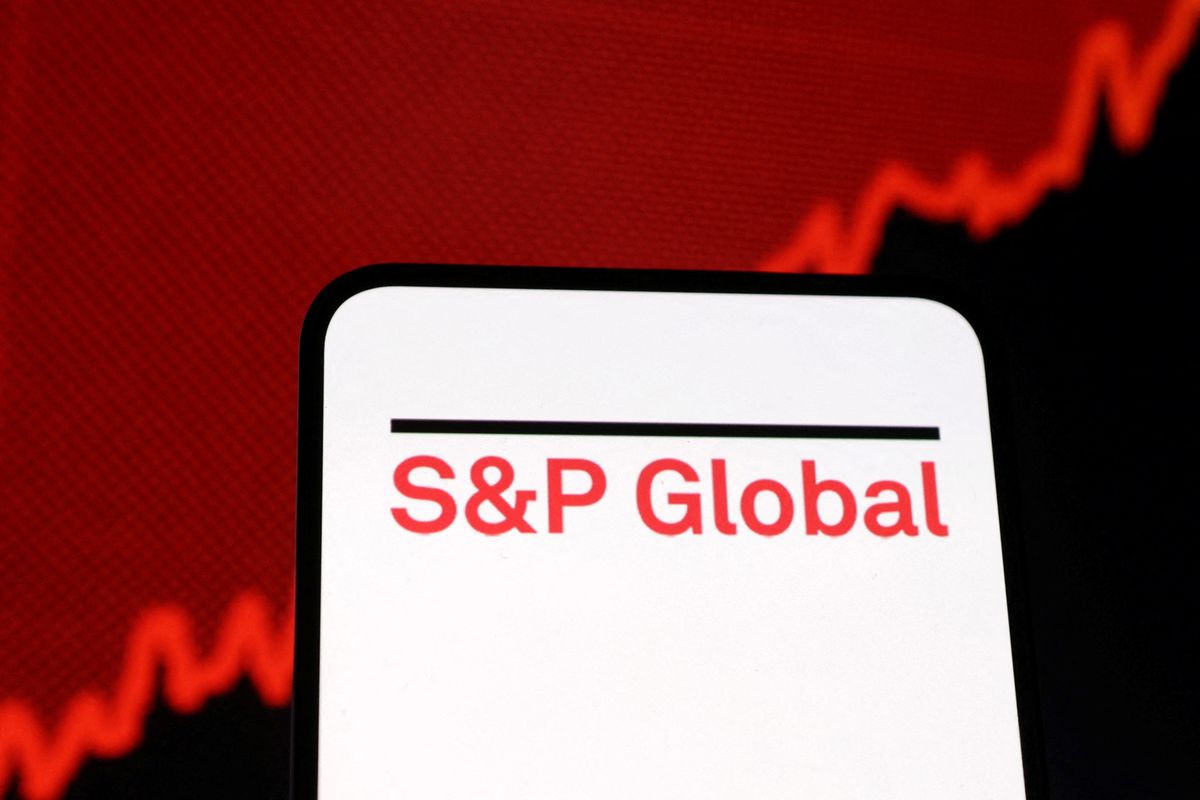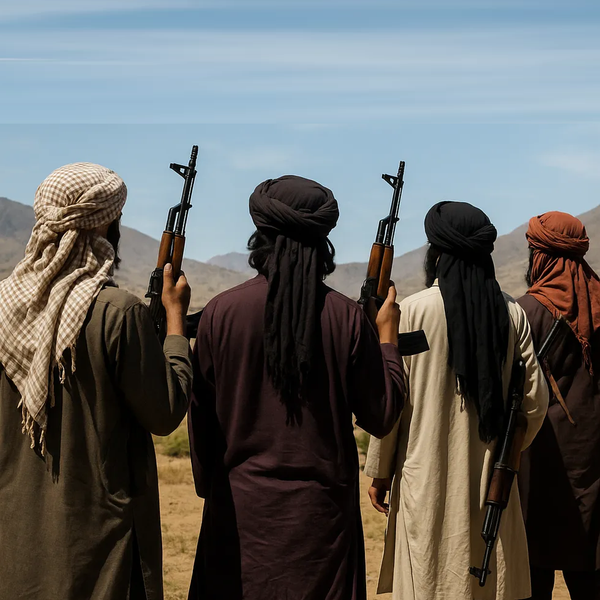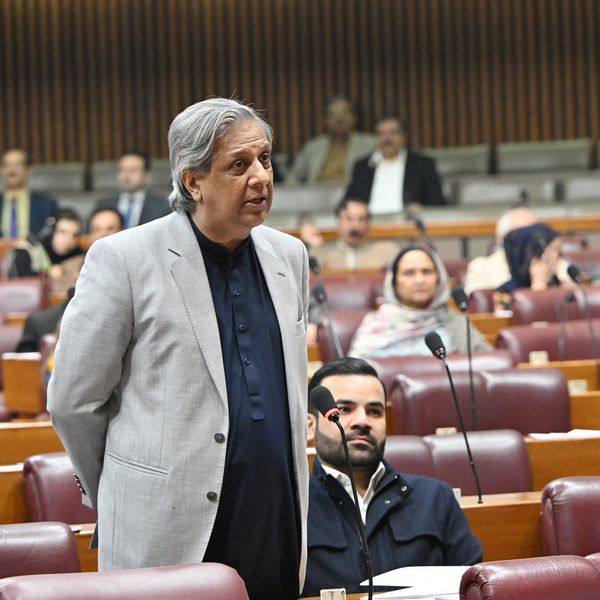S&P ratings upgrade expected to improve investor confidence in Pakistan
The last time all three major rating agencies upgraded Pakistan’s credit rating, the Pakistan Stock Exchange reacted positively the very next day
Business Desk
The Business Desk tracks economic trends, market movements, and business developments, offering analysis of both local and global financial news.

S&P Global
Standard and Poor’s (S&P) upgrading of Pakistan's rating, coming shortly after Fitch raised its rating in April, is expected to enhance investor confidence in Pakistan, reduce external borrowing costs, and improve Pakistan’s prospects of re-entering the international bond market.
The upgrade signals that Pakistan’s immediate default risks have abated, underpinned by progress on macroeconomic stabilization and reform implementation, said Sara Tawfik, head of research at Arif Habib Ltd.
S&P Global Ratings has upgraded Pakistan’s long-term sovereign credit rating to 'B-’ from ‘CCC+’, assigning a ‘stable’ outlook. This marks a return to the ‘B-' rating for the first time since July 2022 and restores a ‘stable view’ last seen in February 2019.
The last time all three major rating agencies — Moody’s, Fitch, and S&P — upgraded Pakistan’s credit rating, the Pakistan Stock Exchange reacted positively the very next day.
Moody’s upgrade was followed by a +0.5% day-on-day (DoD) increase in the stock market.
Fitch’s upgrade led to a +1.8% DoD gain.
S&P’s upgrade triggered the strongest reaction, with a +3.5% DoD rise in the PSX.
This historical trend shows that credit upgrades have a direct, positive impact on market sentiment, often resulting in short-term equity rallies.
To recall, Finance Minister Muhammad Aurangzeb recently announced that Pakistan is preparing to issue its first-ever Panda Bond in the Chinese market, targeting around $200 million — a sign of strategic diversification of funding sources.
External support remains critical
Pakistan’s improved rating hinges largely on continued support from multilateral and bilateral partners. The $7 billion IMF EFF and the $1.4 billion RSF are acting as anchors of external confidence.
Bilateral assistance from China, Saudi Arabia, UAE, and Kuwait remains pivotal — $16.8 billion in deposits and swaps were rolled over in FY25, helping plug Pakistan’s external financing gap.
S&P also noted that Pakistan’s renewed engagement with global financial institutions, such as the World Bank’s $20 billion Country Partnership Framework, enhances long-term financing visibility.
Economic growth rebounds despite challenges
Pakistan’s economy posted a 2.7% growth in FY25, driven by recovery in industry and services.
Agricultural output remained subdued due to adverse weather, but growth is projected to rise to 3.6% in FY26 as reforms and lower inflation support broader economic activity.
However, the S&P report highlights that Pakistan’s political environment remains fragile. The coalition government, formed after the February 2024 elections, has so far managed to advance reforms. But social and political resistance to austerity and tax reforms could emerge as key risks going forward.










Comments
See what people are discussing